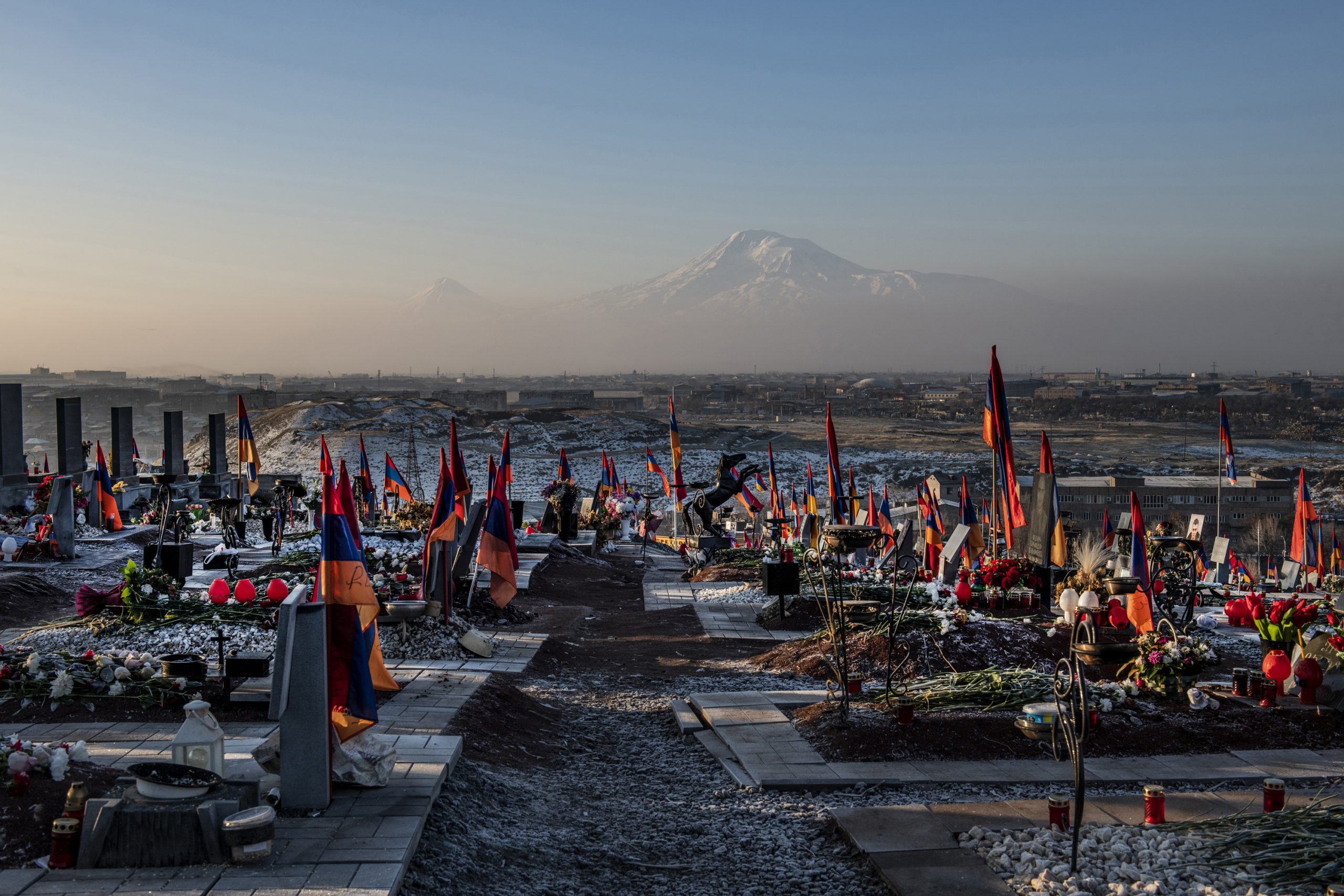
The 44-day war took place not only in Artsakh but also in the whole information field. Despite the restrictions imposed during the martial law, people received a huge amount of information through various platforms, media, social pages and channels and followed and discussed the course of the war “live․”
See, for example, Samvel Martirosyan’s reference to media consumption in the days of the war and its aftermath.
The image and in particular the photo occupied a big place in that information flood. Through the photos, we were presented with the soldiers and officers on duty and performing heroic deeds, the damaged UAVs, proving the military successes and the severe consequences of the bombing of the settlements.
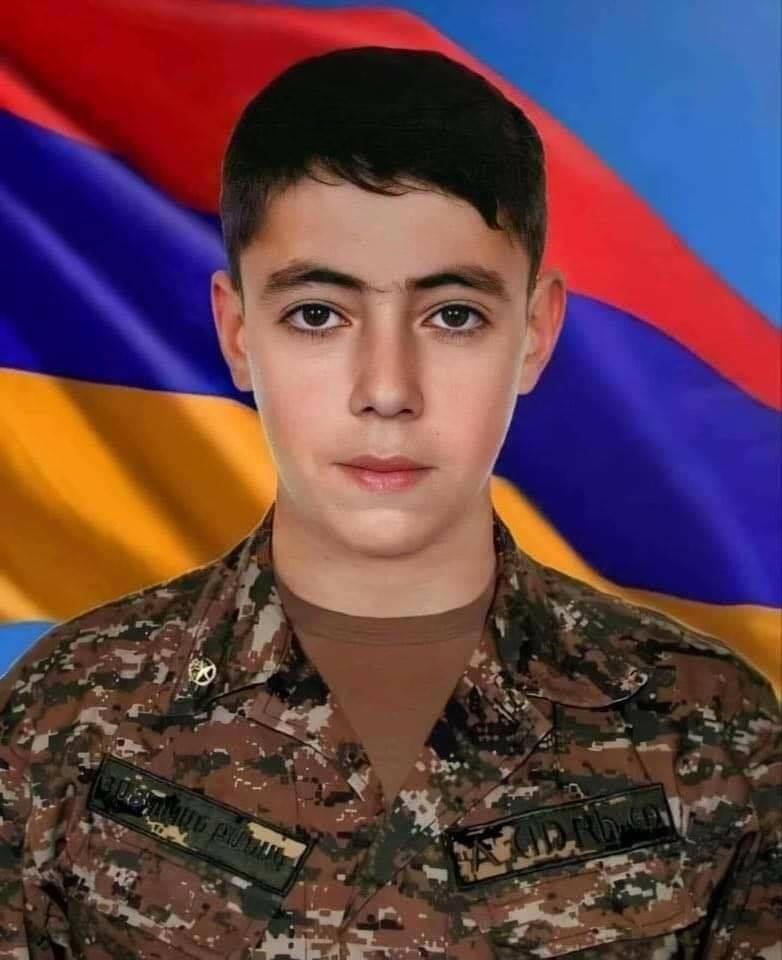
Portrait of Edgar Aghababyan
During that time, many memorable and extremely influential documentary photos came to Yerevan, which can be talked about in a separate article. For example, the picture of the house on the truck (Andrey Borodulin, AFP), Vaghinak Ghazaryan’s “Until Again” photo series (4plus), Nazik Armenakyan’s pictures of Yerablur, the flowers in one of Stepanakert’s schools series by David Galstyan, many photos by Erik Grigoryanf or EVN report, etc.
At the same time, the photographs were used to spread violent scenes of war, to create and circulate falsifications and misleading information.
The website of the Human Rights Defender of Armenia published a statement about the war atrocities sent to Armenian pages and users on social networks. Later, the HRDA also announced that the accounts of the Armenian prisoners’ social networks were used for the same purpose. Summaries of fake news circulating during the war can be found at these links: September 27-30, October 1-15, October 16-31.
In the days following the war, huge numbers of images began to circulate, intended to intimidate and discourage. Naturally, the images sooner or later reached everyone, including soldiers who had mobile access.
The digital image is fast-paced and “hurts” more people than the most destructive weapon of war.
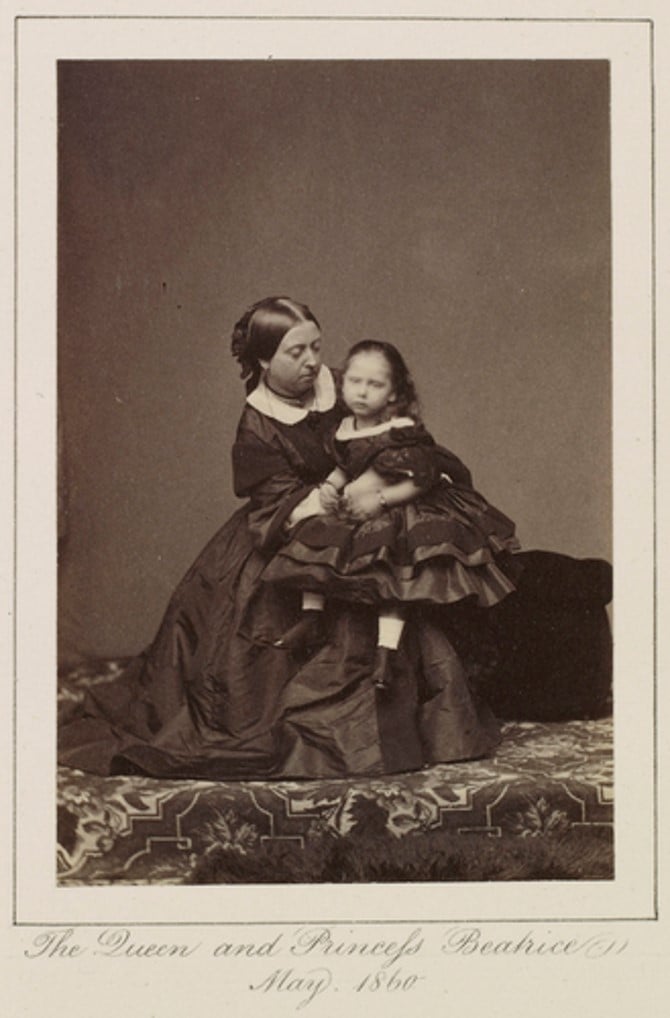
Queen Victoria and Princess Beatrice, Carte-de-Visite, John Mayal, 1860
This duality of photography is not new. Since its inception, photography has allowed people to get the most accurate information about the world around them and the farthest corners of the earth. People saw every moment of the horse’s bridle and the true appearance of the “black hole” through photographs, people recognized their kings and leaders through photographs, and for the first time in history, they saw their ancestors and forefathers.
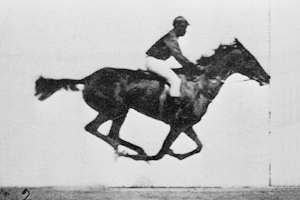
Animation of Eadweard Muybridge The Horse In Motion, 1887
And, of course, photos almost immediately became the most convenient means of propaganda, surveillance and falsification. It is not by chance that photography occupies a much more important place in totalitarian states than, for example, painting.
From the moment of its discovery until today, photography gives people accurate information, reliable facts, reliable knowledge, but at the same time it also misleads, confuses, hides, excludes and falsifies. Moreover, even the most rudely photographed photo can reveal important truths and realities, and the most realistic photo always hides something. This is the paradox underlying photography.
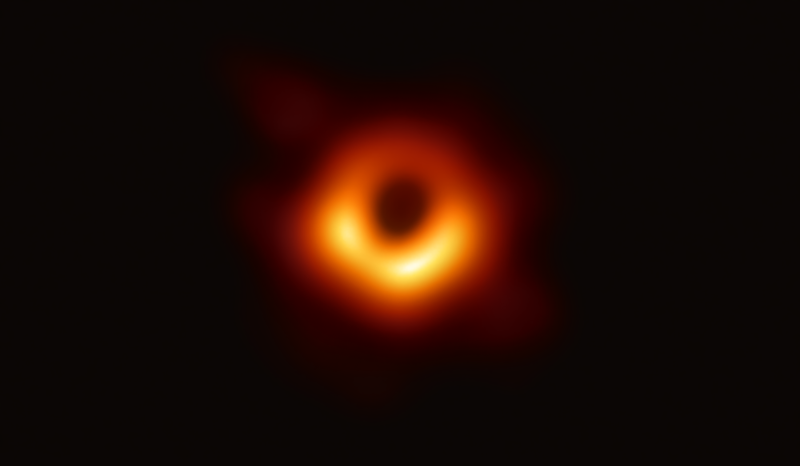
Event Horizon Telescope Team, 2019
This series of articles will present a number of famous and also not very well-known photos, the authenticity of which is denied or at least questioned, the history of their creation and the future fate, focusing on the various and extremely interesting ways in which the photos “deceive” us.
For example, we will talk about the world’s first “fabricated” photo and its author, Soviet staged photography, genocide and fake war photos.
But our task is not just to reaffirm the “false” nature of the photos or, moreover, to condemn them, nor to raise purely ethical or moral issues. We will be especially interested in the methods and tricks that the photographer or photo editor consciously or unconsciously uses to format and convey his message through a photo.
All we have to do is critically approach and perceive digital photos and, in general, media images. And put into practice the skills to check the authenticity of the image.
A famous artist used to say that tomorrow it won’t be those who do not know how to read and write who will be considered illiterate, but who do not know how to take photos. However, today it would be correct to say that in the current flow of information, the ability to quickly analyze and understand the image is much more important for the person of the future than a good photo or taste in photography.
Vahe Budumyan

Add new comment
Comments by Media.am readers become public after moderation. We urge our readers not to leave anonymous comments. It’s always nice to know with whom one is speaking.
We do not publish comments that contain profanities, non-normative lexicon, personal attacks or threats. We do not publish comments that spread hate.